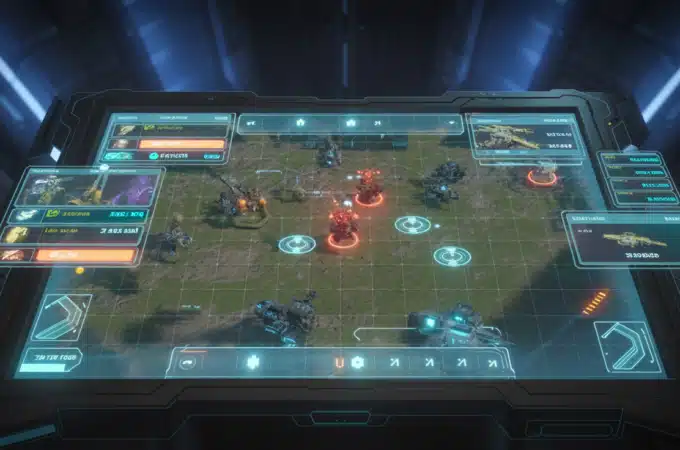
Importance of Fall Protection Equipment in the Wind Energy Industry
The effects of global warming have widely contributed to the increased popularity of renewable energy. Such energy includes the conversion of wind power to electricity which is used both in the industrial as well as the domestic sector. The need for workers to have safety industrial workwear in India is on the rise. Workers who are responsible for installing and servicing the structures for wind power should have protective equipment in the event of a fall.
Fall protection equipment such as thesafetyindustrial workwear in India must comply with the set international quality standards. The international regulations mostly exist in the regions that use wind energy as the main source of energy. The manufacturers and developers that work with wind turbines require fall protection products that can be used in any part of the globe while complying with the industry standards.
There are strict measures put in place to ensure that the safety of workers isn’t compromised during the installation of wind turbines and their maintenance. For instance, the workers located at extreme heights such as tall towers should be made aware of all the fall hazards. They should also be provided with all the necessary modern protection equipment that applies to high-risk situations like the one they are in. The importance of job-specific equipment cannot be overemphasized because it is a matter of saving one’s life in the event of a catastrophe. Necessary training that is industry-specific is also essential in ensuring that the fall protection products are used appropriately.
The following are the three common situations that both workers and managers in the wind turbines installation and servicing should be aware of that are fall hazards.
Assembly Stage
The assembling of wind turbines is very technical and requires a high level of expertise. This means that the process can be dangerous, hence the need for precautionary measures. Sometimes workers hang in the air for several hours while they also climb high ladders and lift bulky items. Standardized anchor points, as well as lanyards, are required during the process of installation for tower blades and nacelle.
While putting together the tower, the fall arrest system installed vertically should span the height of the ladder. The fall arrest system includes a stainless-steel cable or in other cases, a galvanized steel or aluminum steel. The workers are supposed to put full-body harnesses that are linked to the fall arrest system by either sleeves or shuttles that can follow them as they move up or down the ladder. If the worker loses his/her grip on the ladder and falls, the brake installed in the shuttles will initiate and prevent the fall.
Once the tower is successfully raised, with the nacelle in place, the workers are required to install cables that link the ground to the nacelle. This stage of the assembly process requires a harness for the full body that is linked to a work positioning lanyard. This enables the worker to make use of both hands while connecting the cable. The rotor attachment then follows, and it is done through the use of anchorage points that connect to self-retracting lines and shock-absorbing lanyards. One side of the lanyard is attached to the D-ring of the harness while the other side is linked to the lanyard.
For 100 percent tie off, the twin leg lanyards together with SRLs are recommended. This is because one leg is connected to the primary anchorage point while the other is placed on the next anchor point for movement.
Maintenance
There are several maintenance activities to be conducted once the tower has been installed. These activities include replacing faulty components, cleaning the turbine blades, and repairing damaged control units. At this stage, workers are advised to be cautious of falling equipment, shock from electrical components within the nacelle.
Workers can still use fall protection systems like vertical fall systems while completing maintenance duties. Access equipment and specialized gear are required when cleaning the blades. These include horizontal rail systems that are connected to the nacelle to prevent injury during maintenance operations.
Rescue
This stage is considered to be one of the crucial areas of fall protection, especially in the wind energy industry. Since wind turbines are usually based in isolated areas, more time is hence required for rescue teams to arrive at the scene of the accident. There are wind farms that are even situated in the middle of the ocean, making it even more difficult for rescue operations.
Workers in the wind energy industry should receive proper training regarding rescue operations. The main difference between a fatal fall and a non-injury fall depends on the response speed of the workers. The longer the accident victim remains in a dangerous situation, the worse the injuries will be sustained. The rescue speed is dependent on the effective nature of the rescue training provided to the workers.





